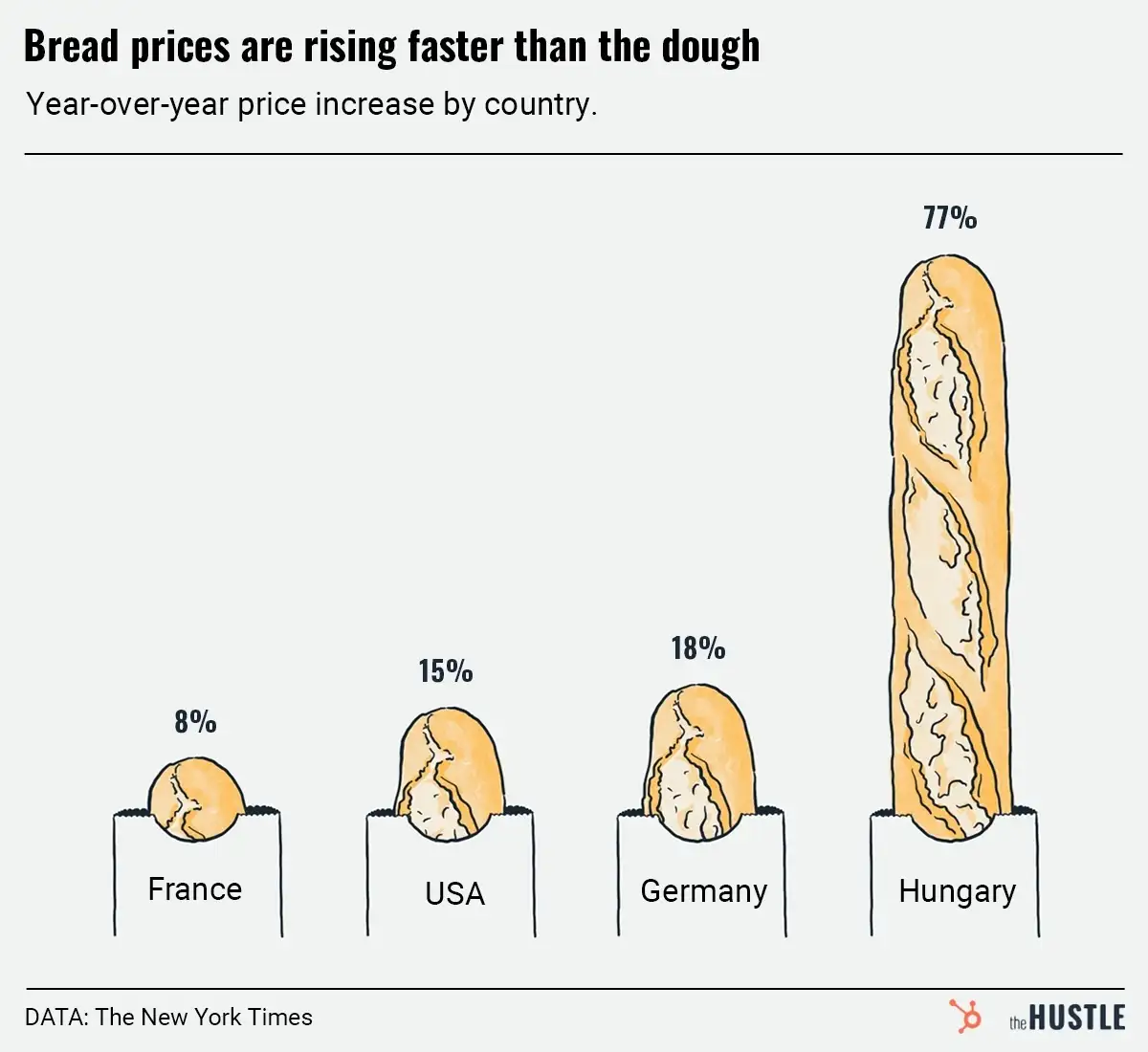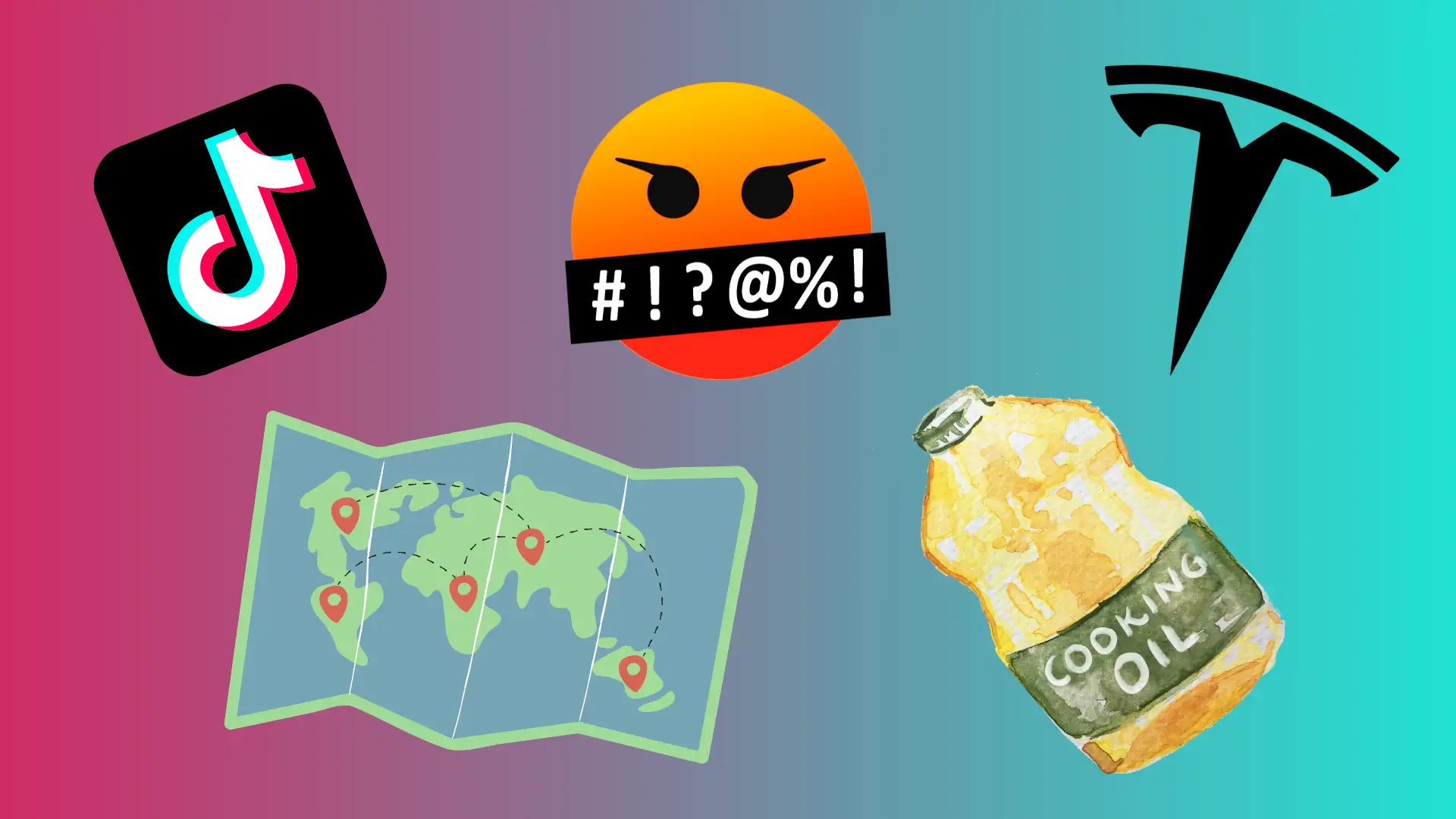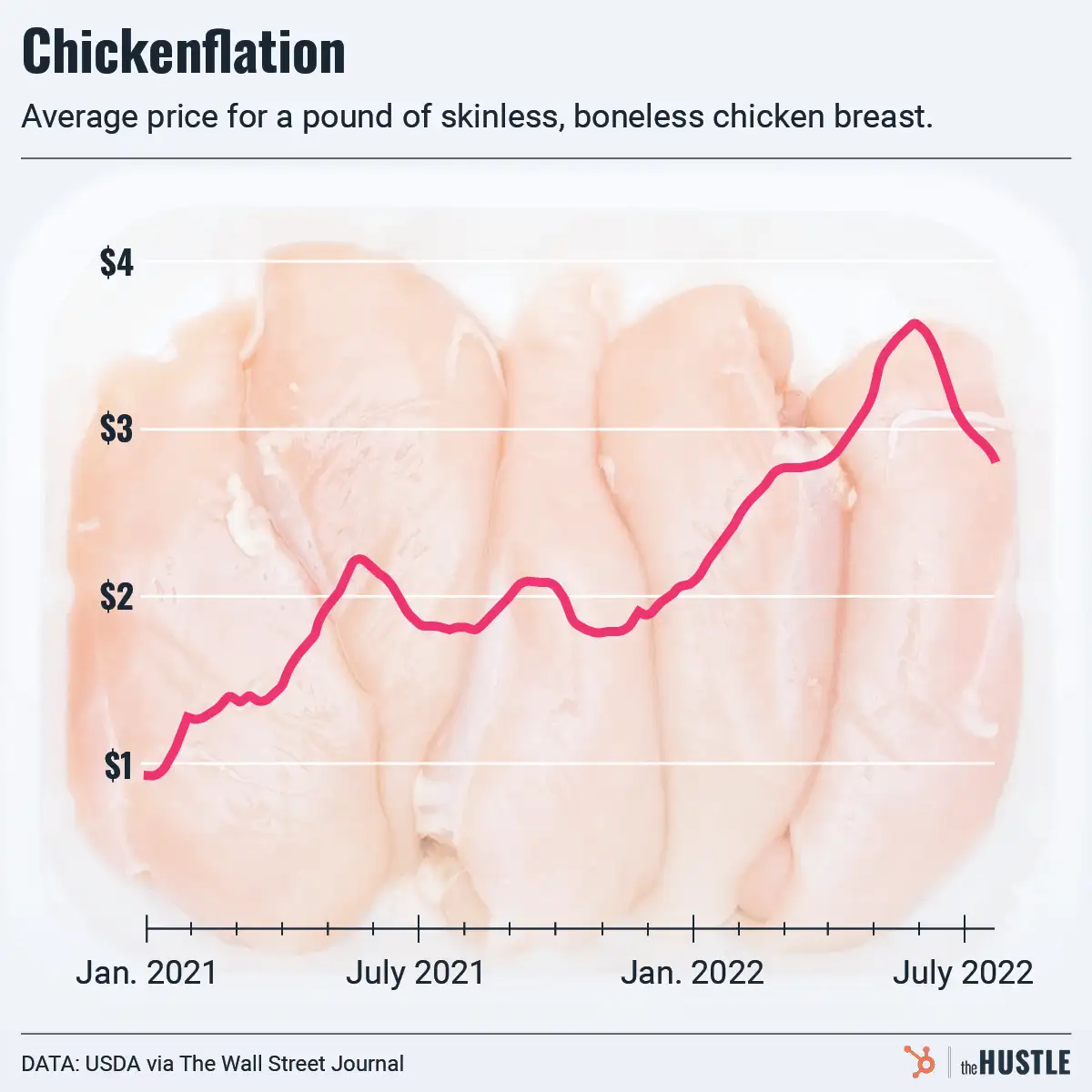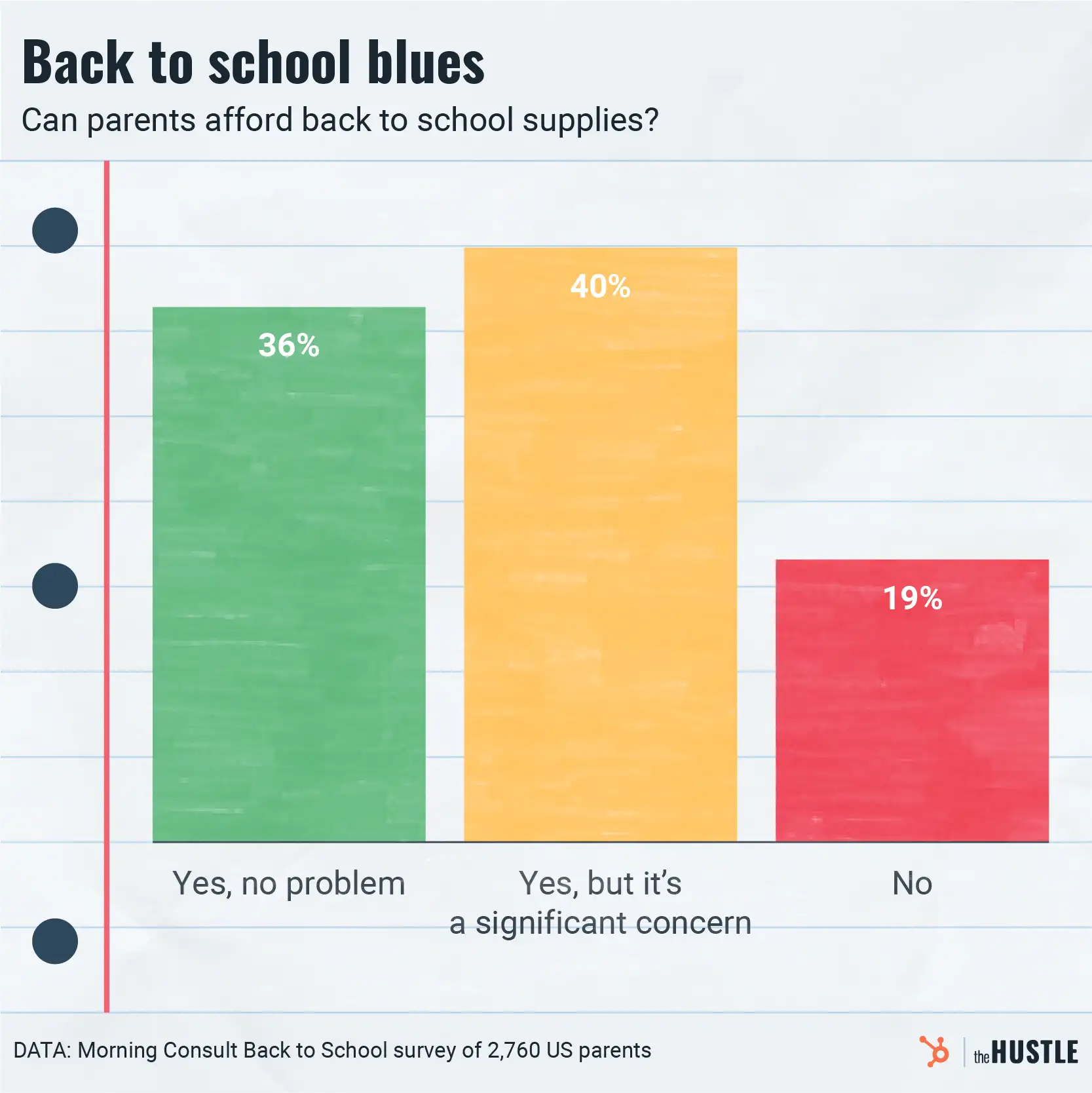You probably already know that inflation is at 9.1% — a 40-year high.

What you may not know is that corporate profits are up 25% YoY — a 50-year high.
This paradox raises a scary question: How is it that corporations are making record profits at a time when consumers are cursing at their grocery bill (and gas bill and energy bill — pretty much all bills)?
Enter “greedflation”
AKA when corporations use inflation as an excuse to raise prices. According to economist Rakeen Mabud, the practice relies on exploiting information asymmetry.
Here’s how it works:
- Consumers become accustomed to higher prices as a result of inflation (along with supply chain issues and the war in Ukraine, in this case).
- Corporations use the opportunity to increase prices and boost profits, even if their own costs haven’t changed.
One example is credit card companies. Retailers recently called out Visa and Mastercard for upping their transaction fees, even though their costs haven’t been impacted by supply chain issues or inflation.
The practice has sparked debate…
… over which comes first — profit maximization or inflation?
While the “greedflation” theory suggests that inflation creates an opportunity for corporations to maximize profits, others believe causality runs the other way — that corporate profit margins can trigger inflation.
- Case in point, a recent Morning Consult poll found 32% of voters consider profit maximization to be the biggest contributor to inflation.
While economists have found a correlation between the two, it’s unclear if one outright causes the other, leaving potential solutions highly contested.
In other words, it’s complicated.






